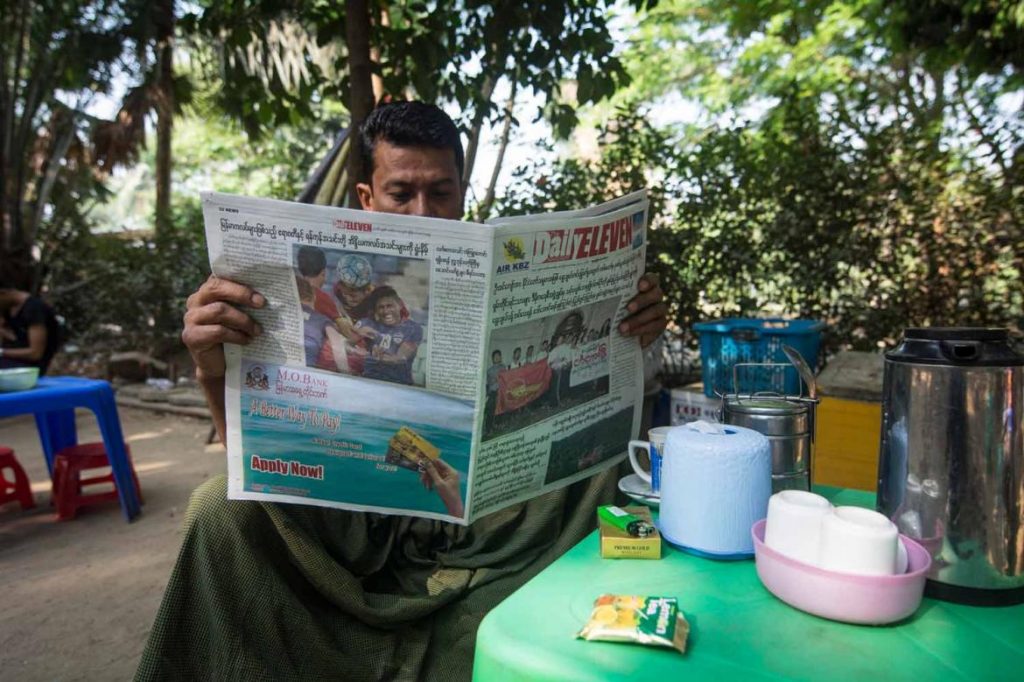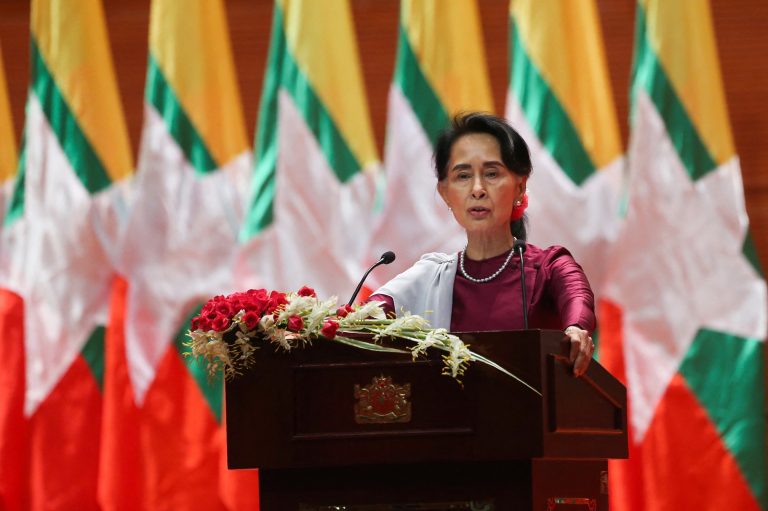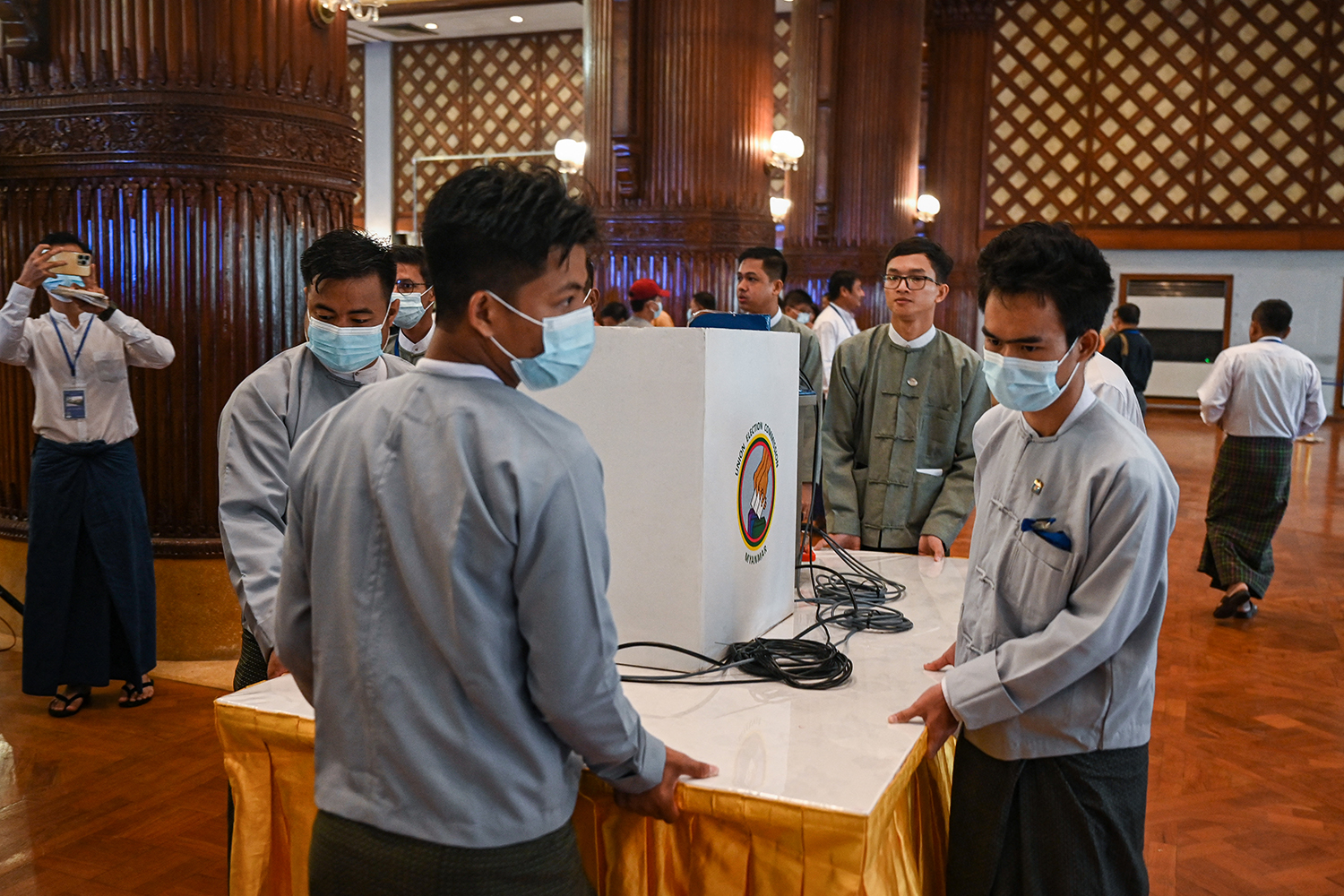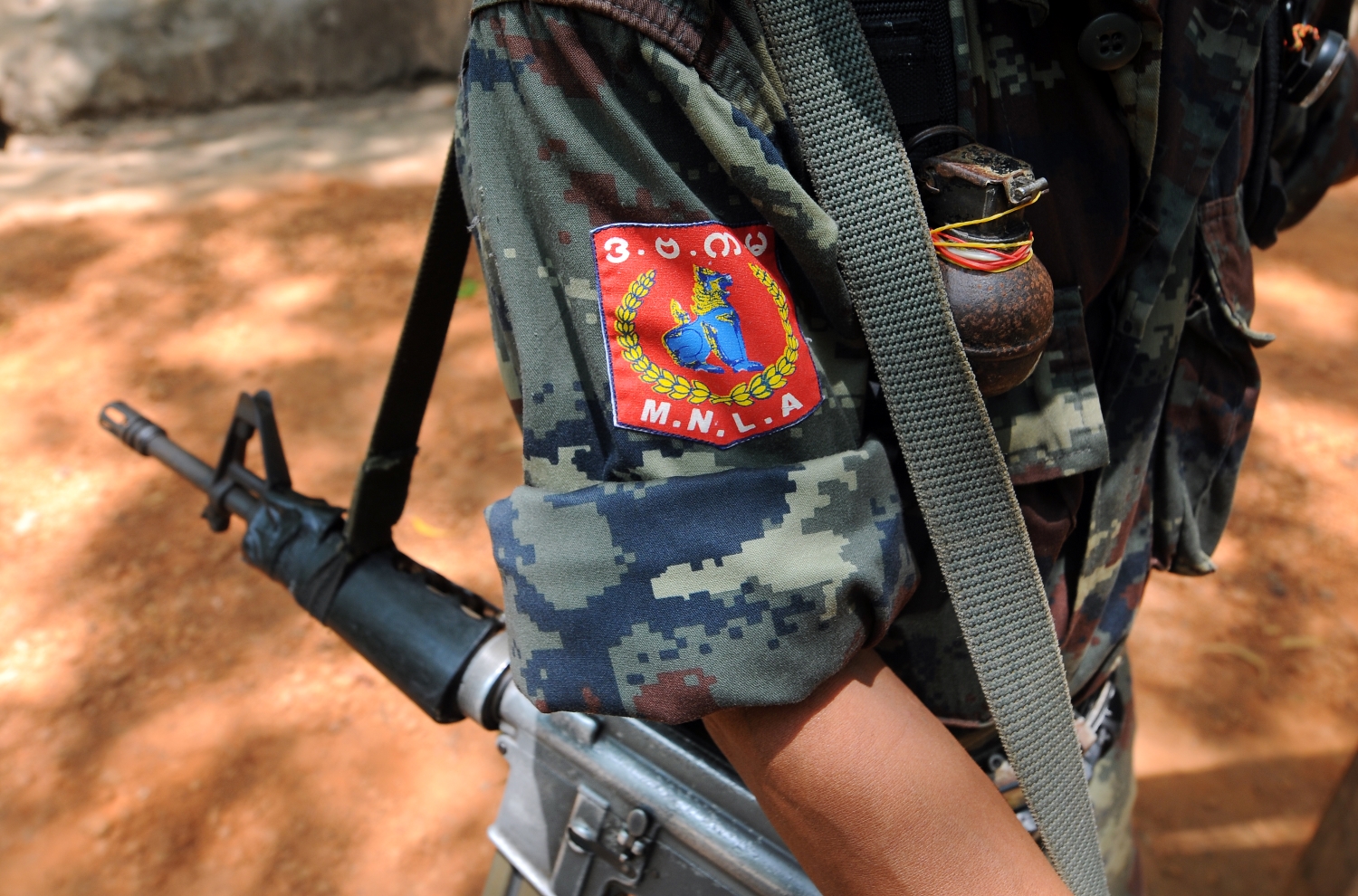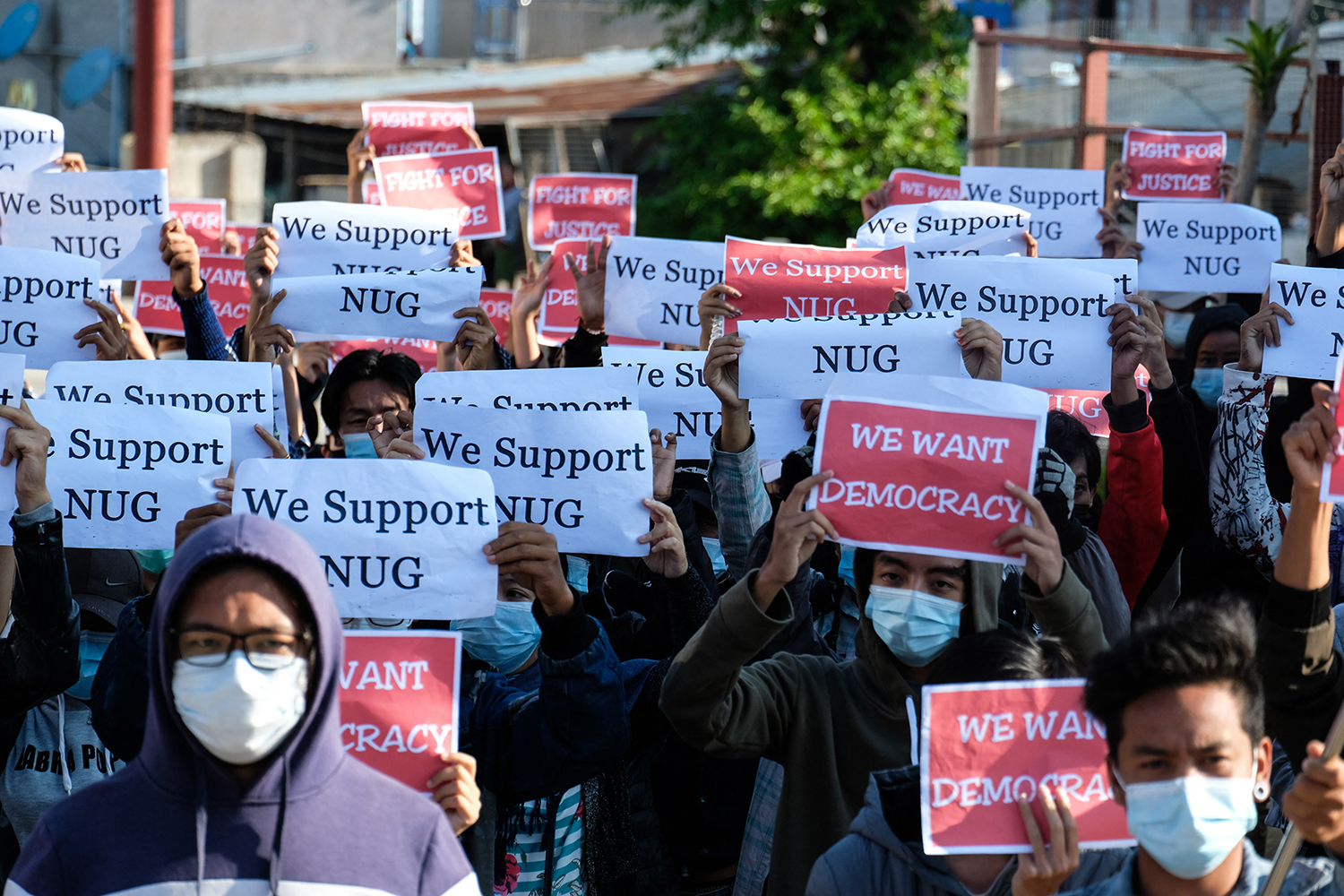Media freedom has made less progress under the NLD government than its predecessor, a situation that has caused huge disappointment in newsrooms throughout the country.
By SITHU AUNG MYINT | FRONTIER
IT IS almost a year since the change of power to the National League for Democracy government, led by State Counsellor Daw Aung San Suu Kyi.
The NLD campaigned under a slogan to realise a “democratic federal union” but some have questioned its commitment to one of the essential elements of a democratic system: a free media. Some journalists and other observers say there is less media freedom now than under the government of President U Thein Sein.
Let’s talk about media freedom under the NLD government.
Atta Kyaw (Sudonin) is a famous writer, translator and social reform-focused columnist. When the country was under military rule, many of his writings were rejected by the Information Ministry’s notorious Press Scrutiny and Registration Division. PSRD was jokingly known as “Press Kenpeitai” after the brutal Japanese military police unit during World War II.
Support more independent journalism like this. Sign up to be a Frontier member.
When the Thein Sein government introduced print media reforms, including the end of pre-publication censorship, Sudonin’s works could be published uncut. His articles were even published in the state-run daily Kyemon and they were sometimes critical of the government or addressed controversial topics.
After the NLD took office and Dr Pe Myint became Minister for Information, three of Atta Kyaw’s articles for a state-run media outlet were rejected within a short period. He no longer contributes to state-owned newspapers.
The situation in the broadcasting sector is quite different from print media. The media is controlled through a lack of diversity and links to the Ministry of Information.
Skynet and Forever are the only two private companies in TV broadcasting, having received licences under the military government. Similarly, a handful of companies trusted by the military were given FM radio licences.
The government of President U Thein Sein did not issue radio and TV broadcasting licences to any private company. In August 2015, President Thein Sein enacted the Broadcasting Law, opening the TV market to the private sector. The Thein Sein government did not issue any licences on the grounds that there were no by-laws under which the law could operate.
There has been no change in the government’s attitude and policy on radio and television broadcasting since the NLD took office. If it is prepared to issue TV licences to the private sector, it must prescribe the necessary regulations. But nearly one year since the NLD took office, there has been no news about drafting the by-laws.
Despite this, the government announced that it would license private companies to provide content for five digital free-to-air channels to broadcast on MRTV, under the Ministry of Information. The companies would need to sign a leasing agreement with the government for the channels.
An independent consultant was engaged to choose the five companies and a shortlist of 10 has been prepared. It includes well-known media organisations such as Eleven, Mizzima and DVB. (Black Knight Media, owner of Frontier Myanmar, has a partnership agreement with Global Technology, one shortlisted company.) The five companies to receive licences will be required to operate under the framework and policies of the Ministry of Information.
Citizens have the right to be informed about the government’s activities. However, ministries, departments, the Tatmadaw and the Myanmar Police Force have not been effective at providing news and information to the public. Journalists and news agencies know that calls to the government for information may be fruitless.
A Right to Information Law was drafted during the term of the Thein Sein government but little has been heard about it since the NLD took office. The absence of such a law is one reason why journalists continue to have difficulty getting information from the government.
Print media enjoys more freedom than radio and television but editors and journalists need to be careful about its relationship with social media. Print media stories are often posted on social media and if they are controversial can result in defamation cases brought under notorious Section 66(d) of the Telecommunications Law.
Media company owners usually take the positions of chief executive officer and editor-in-chief and, frankly, the use of 66(d) and other laws has created a fear of being arrested. Although there is greater print media freedom, self-censorship is common, especially in stories about the Tatmadaw. In this way, editorial freedom has been compromised.
Media freedom has not improved in Myanmar under the NLD government. The level of control that will be exercised over the forthcoming TV licences, the government’s apparent unwillingness to enact and implement the Right to Information Law, and the self-censorship of sensitive stories out of fear of harsh legal consequences are all causes for concern as the transition to democracy continues.


